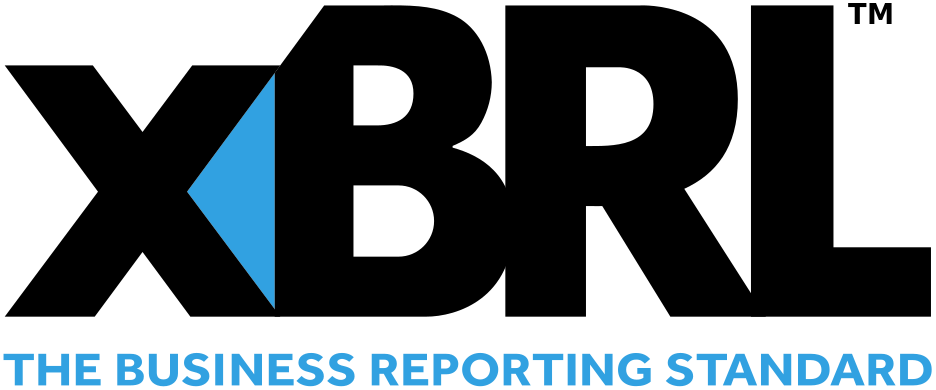





- Introduction
- Function Introduction
- Performance Monitor
- Fusion Hunter
- Quantitative Chart
- SEC Filing
- Insider Trading (Search by Ticker)
- Insider Trading (Search by Reporter)
- Insider Trading (Top Insider Trading)
- Institutional Holdings
- Investment Trends (Investment Company List)
- Investment Trends (Sector & Industry Sentiment)
- Investment Trends (Investment Company Sentiment)
- Investment Trends (Top Institutional Trading)
- Investment Trends (Top Institutional Hldg Change)
- Key Ratio Distribution
- Screener
- Financial Statement
- Key Metrics
- High Current Difference
- Low Current Difference
- Relative Strength Index
- KDJ
- Bollinger Bands
- Price Earnings Ratio
- Price to Book Value
- Debt Equity Ratio
- Leverage Ratio
- Return on Equity
- Return on Assets
- Gross Margin
- Net Profit Margin
- Operating Margin
- Income Growth
- Sales Growth
- Quick Ratio
- Current Ratio
- Interest Coverage
- Institutional Ownership
- Sector & Industry Classification
- Data Portal
- API
- SEC Forms
- Form 4
- Form 3
- Form 5
- CT ORDER
- Form 13F
- Form SC 13D
- Form SC 14D9
- Form SC 13G
- Form SC 13E1
- Form SC 13E3
- Form SC TO
- Form S-3D
- Form S-1
- Form F-1
- Form 8-k
- Form 1-E
- Form 144
- Form 20-F
- Form ARS
- Form 6-K
- Form 10-K
- Form 10-Q
- Form 10-KT
- Form 10-QT
- Form 11-K
- Form DEF 14A
- Form 10-D
- Form 13H
- Form 24F-2
- Form 15
- Form 25
- Form 40-F
- Form 424
- Form 425
- Form 8-A
- Form 8-M
- Form ADV-E
- Form ANNLRPT
- Form APP WD
- Form AW
- Form CB
- Form CORRESP
- Form DSTRBRPT
- Form EFFECT
- Form F-10
- Form F-3
- Form F-4
- Form F-6
- Form F-7
- Form F-9
- Form F-n
- Form X-17A-5
- Form F-X
- Form FWP
- Form G-405
- Form G-FIN
- Form MSD
- Form N-14
- Form N-18F1
- Form N-18F1
- Form N-30B-2
- Form N-54A
- Form N-8A
- Form N-CSR
- Form N-MFP
- Form N-PX
- Form N-Q
- Form TTW
- Form TA-1
- Form T-3
- Form SC 14F1
- Form SE
- Form SP 15D2
- Form SUPPL
- Form 10-12G
- Form 18-K
- Form SD
- Form STOP ORDER
- Form TH
- Form 1
- Form 19B-4(e)
- Form 40-APP
- Form 497
- Form ABS-15G
- Form DRS
- Form MA
- Form UNDER
- AI sentiment
- Access guide
- Academy
- Term of service
- GDPR compliance
- Contact Us
- Question Center
| Font Size: |
Financial Key Values/Ratios
The key values tab provides a general view the most up to date financial conditions of corresponding company. For values (ratios or percentages) that are eligible for comparison (E.g. price earnings ratio, price to book value), three odometers, which we call performance monitor, are shown besides the original value to provide a direct view of the performances in different scenarios. Each value has an associated historical chart views (below the key value tab), which record historical fluctuation of corresponding value and its relative performance. The data shown in key values tab are updated weekly (after market close on each Friday), and the previous data point will be recorded in historical view.
Performance Monitor
Performance monitor, shown as green/red circles beside eligible key value, provides a convenient way of telling the performance (quantile ranking score * [0~1]) of corresponding value relative to other publicly traded companies in the same industry, sector, or on the whole market. Performance monitor is tuned independently for each metric, so that higher quantile ranking score (i.e. more green color, closer to 1) generally represents better performance (unless otherwise specified), irrespective of whether a lower or higher metric value is more preferred. The two lists below show respectively the metrics assumed† to be the higher the better, and the lower the better.
* may be referred as "performance score", "quantile ranking", "quantile score", "ranking score" in the rest of the document.
† based on the assumption of holding other covariates as constant. The assumption does not necessarily hold under certain conditions. For example, while lower price to book value is usually more preferred than a higher one, an extremely low price to book value could mean something fundamentally wrong with a company.
Note: When the circle is shown in blue color, there is no specific preference for higher (or lower) quantile score. It is just an indicator of the quantile location of the corresponding metric. It is usually used for metrics like Assets, Net Income, Market Capital.
Circle in purple color is used for technical indicators. Basically there is no specific preference for higher (or lower) quantile score, the meaning for each technical indicator should be discussed individually.
The higher the better:
Average Volume to Shares Outstanding
Interest Coverage
Net Profit Margin
Gross Margin
Operating Margin
Income Growth
Sales Growth
Quick Ratio
Current Ratio
Return on Assets
Return on Equity
Payout Ratio
Yield
Institutional Ownership
The lower the better:
Price Earnings Ratio (PE)
Forward PE
Price to Operating Income
Price Earnings Growth Ratio (PEG)
Price to Book Value
Price to Sales
Debt Equity Ratio
Leverage Ratio
The examples below illustrate how performance monitor should be used to evaluate the performance of a financial ratio compared with industry peers, sector peers, and the whole market.
Example 1: Alphabet Inc. (NASDAQ:GOOG) has PE of approximately 30.8 as of 2015-10-23, which theoretically means investors can expect $1 return on every $30.8 investment. For most investors who are not familiar with the IT industry, this value is not quite meaningful except telling whether GOOG is earning or losing money (i.e. a negative PE). Performance monitor is designed to answer how 30.8 performs compared with industry peers, sector peers, and other companies on the whole market.
Price/Earnings Ratio:
The first circle tells that the PE of GOOG is better (lower) than majority (78%) of other companies in the same industry ("Computer Software: Programming, Data Processing"). The second circle tells that the PE is better than more than half (64%) of other companies in the same sector ("Technology"). The third circle tells that the PE is, however, better than less than half (46%) of all other companies publicly traded on the market. In another word, at the whole market level, the PE is poorer (higher) than 64% [1 - 46%] of other stocks.
These is a hidden message, i.e. PE of the IT industry is generally poorer (higher) than the market average. This is consistent with our common sense that the IT industry usually has bigger bubble.
Example 2: Approach Resources Inc. (NASDAQ:AREX), a small shell oil company located in Texas, has a sales growth of -48.8% as of 2015-10-23.
Sale Growth(%):
The first circle (in red color because it is a negative value) shows that this growth rate, although negative, is better than 20% of industry peers ("Oil & Gas Production"). It is better than 13% of sector peers ("Energy") and only 4% of other stocks on the whole market. A hidden message is that the oil and gas production industry, and also the energy sector, has poorer sales growth than market average as of Oct 2015 (caused by global oil glut during that period).